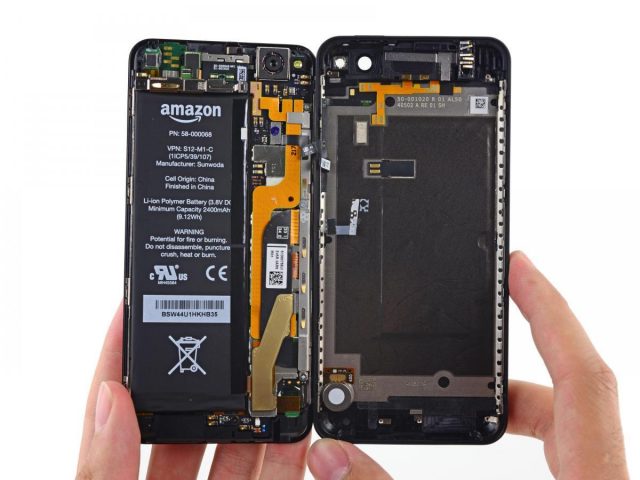
WASHINGTON — Scientists have taken a big step toward practical applications for a type of lithium-ion battery that, unlike conventional ones, uses a water-salt solution as its electrolyte to prevent fire and explosion hazards, according to a new study published Wednesday.
Researchers at the University of Maryland and the U.S. Army Research Laboratory have created such a safe battery that reaches the 4.0 volt mark desired for household electronics such as laptop computers, they reported in Joule, Cell Press’s new interdisciplinary energy journal.
“In the past, if you wanted high energy, you would choose a non-aqueous lithium-ion battery, but you would have to compromise on safety,” said co-senior author Kang Xu, a lab fellow at the U.S. Army Research Laboratory specializing in electrochemistry and materials science.
“If you preferred safety, you could use an aqueous battery such as nickel/metal hydride, but you would have to settle for lower energy,” Xu said. “Now, we are showing that you can simultaneously have access to both high energy and high safety.”
The research followed a 2015 study in the U.S. journal Science that produced a similar 3.0 volt battery with an aqueous electrolyte but was stymied from achieving higher voltages by the so-called “cathodic challenge,” in which one end of the battery, made from either graphite or lithium metal, is degraded by the aqueous electrolyte.
To solve this problem and make the leap from three volts to four, the researchers designed a new gel polymer electrolyte coating that can be applied to the graphite or lithium anode.
This hydrophobic coating expels water molecules from the vicinity of the electrode surface and then, upon charging for the first time, decomposes and forms a stable interphase — a thin mixture of breakdown products that separates the solid anode from the liquid electrolyte.
This interphase can further protect the anode from debilitating side reactions, allowing the battery to use desirable anode materials, such as graphite or lithium metal, and achieve better energy density and cycling ability.
“The key innovation here is making the right gel that can block water contact with the anode so that the water doesn’t decompose and can also form the right interphase to support high battery performance,” said co-senior author Chunsheng Wang, professor of chemical and biomolecular engineering at the University of Maryland.
All aqueous lithium-ion batteries benefit from the inflammability of water-based electrolytes as opposed to the highly flammable organic solvents used in their current commercial non-aqueous counterparts.
Unique to this one, however, is that even when the interphase layer is damaged, it reacts slowly with the lithium or lithiated graphite anode, preventing the smoking, fire, or explosion that could otherwise occur if a damaged battery brought the metal into direct contact with the electrolyte.
Next, the researchers plan to increase the number of full-performance cycles that the battery can complete and to reduce material expenses.
“Right now, we are talking about 50-100 cycles, but to compare with organic electrolyte batteries, we want to get to 500 or more,” Wang added.









